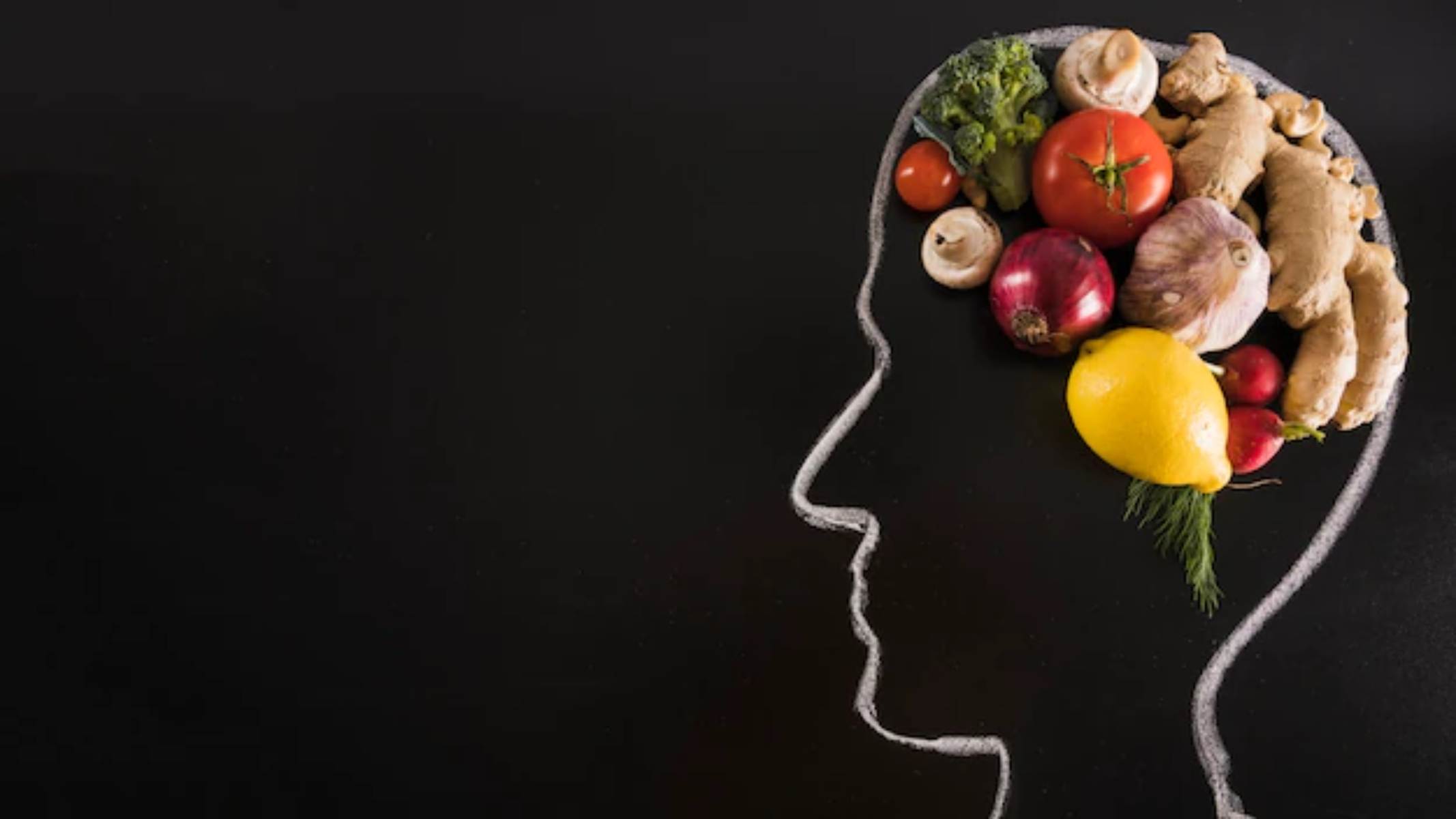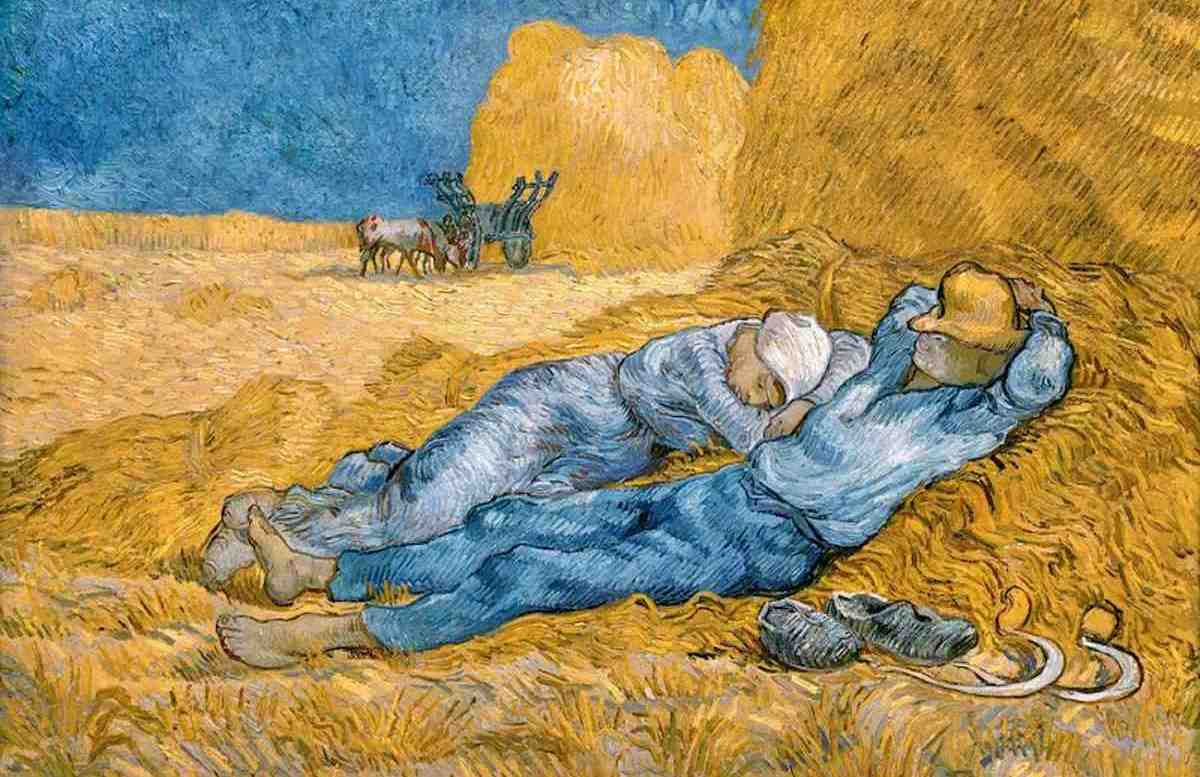According to research from brain scans, a certain population of neurons in our brains become active when we view food or representations of it. Our center for facial recognition is situated near these brain cells in the visual cortex. The specific social and cultural importance of food for us humans is highlighted by the fact that our brain has evolved a similar special “detector” for food as it has for the faces of our fellow species.

In a world filled with stimuli, our brains must be able to distinguish between what is significant and what is not in order to find our way back. This is made possible, among other things, by unique neurons in the visual cortex that react only to certain, very important inputs. Already, regions that specifically recognize faces, bodies, places, and words have been found. They are all a part of the ventral visual pathway, which is the part of the brain in charge of object recognition.
Testing Without Assumptions
Scientists looked for these places explicitly, which led to their discovery. They employed functional magnetic resonance imaging (fMRI) to see which brain regions lighted up when they were showing the participants the matching pictures. However, such hypothesis-driven techniques have the drawback that you can only find what you are searching for.
Therefore, a team at the Massachusetts Institute of Technology (MIT) in Cambridge led by Meenakshi Khosla used a new strategy. When they used a data-driven, hypothesis-free technique, they wanted to explore what types of selectivities arose and if they were compatible with what had already been established. Another objective was to see if they could find novel selectivities that either weren’t known or remained concealed due to the decreased spatial resolution of fMRI data.
fMRI Data Searching
Scientists utilized a publicly accessible collection of fMRI pictures of the brains of eight people as they persisted through seeing hundreds of images as a baseline. The researchers assessed the fMRI images pixel by pixel using a mathematical analysis technique. They were also able to find the responses of very small populations of neurons, which are hidden in the standard approach.
In fact, the researchers were able to locate the four neuron clusters that react to faces, bodies, locations, and words using this method. This demonstrates the efficacy of our approach and the significance and dominance of the earlier findings in this visual pathway.
Neurons Only React When They See Food
But the study also discovered a fifth set of specialized neurons that seemed to react only to pictures of food. It was surprising since foods are not visually uniform. Although pasta, apples, and corn all have quite distinct appearances from one another, scientists discovered a single population of neurons that reacted similarly to all of these various items.
The newly found population of neurons is known by researchers as the ventral food component (VFC). The researchers also created a computer model to anticipate the responses of the neurons in order to comprehend how the VFC functions in more detail. They tested the model with pictures of food and other items that looked very close to each other, such as a banana and a yellow crescent moon.
The matched stimuli shared many visual characteristics, but their main difference was whether or not they were edible. The VFC is demonstrated to be quite selective when responding to pictures of food using millions of these images that were passed through the prediction algorithm.
Cultural Relevance
According to experts, this outcome emphasizes how crucial food is to people. Human social connections and cultural customs revolve around food. It goes beyond eating. Future research will examine whether similar representations exist in monkeys’ brains, which differ from those of humans in that they do not attach the same cultural significance to food.
Scientists also want to look at how personal preferences and experiences with certain meals affect how the brain recognizes food. It has been shown, for instance, that the VFC of certain people responds more strongly to processed meals like pizza than to unprocessed foods like apples.





